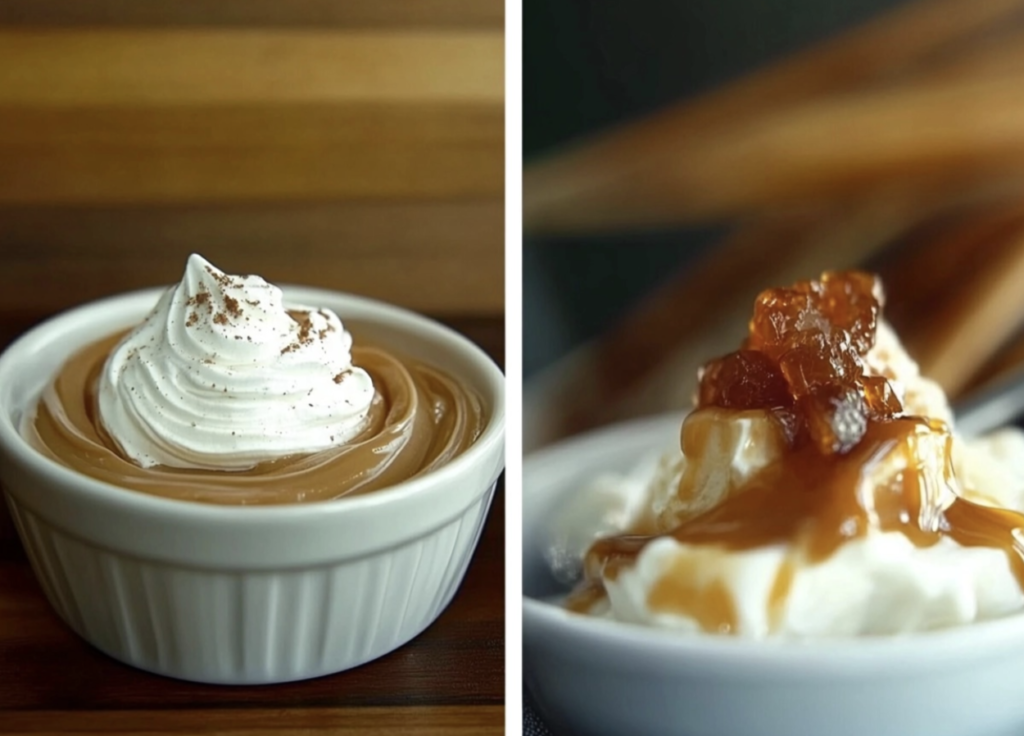No-Oven Crème Caramel Recipe: A Delicious Stovetop Delight

Crème caramel is a timeless dessert adored for its rich, silky texture and glossy caramel topping. While traditionally baked in an oven, this guide takes you through a hassle-free, no-oven method, perfect for anyone with limited kitchen equipment. Whether you’re hosting guests or craving a comforting treat, this recipe delivers flawless results every time.
Why Choose a Crème Caramel Recipe Without Oven?
Making crème caramel without an oven is not only convenient but also opens the door for creative, equipment-free cooking. Perfect for dorm kitchens or homes without an oven, this method is versatile and straightforward.
Want to know more about this classic dessert’s origins? Check out the history of crème caramel to understand its enduring appeal. Additionally, mastering the art of caramel is essential for this recipe; learn expert tips on preventing caramel crystallization to avoid common mistakes.
Ingredients for This No-Oven Crème Caramel Recipe
For the Caramel:
- 1 cup granulated sugar
- 1/4 cup water
For the Custard:
- 2 cups whole milk (or almond milk for a vegan option)
- 4 large eggs (or equivalent substitutes for eggless custard)
- 1/2 cup sugar
- 1 teaspoon vanilla extract
Essential Tools and Equipment
- Stovetop saucepan
- Individual molds or ramekins
- Whisk or fork
- Steamer or large pot with a lid
- Aluminum foil
Step-by-Step Instructions for No-Oven Crème Caramel
1. Prepare the Caramel
- Heat sugar and water in a saucepan over medium heat.
- Stir gently until the sugar dissolves and the mixture turns golden brown.
- Quickly pour the caramel into molds, tilting each one to coat the base evenly.
Pro Tip: Avoid stirring once the mixture starts bubbling, as this can cause crystallization. For additional guidance, refer to how to prevent caramel crystallization.
2. Mix the Custard
- Whisk eggs and sugar together until the mixture is smooth and slightly frothy.
- Warm the milk (do not boil) and gradually incorporate it into the egg mixture while whisking constantly.
- Add vanilla extract to enhance the flavor.
3. Assemble the Dessert
- Pour the custard mixture over the hardened caramel in the molds.
- Cover each mold tightly with aluminum foil to prevent water droplets from entering during cooking.
4. Cook Without an Oven
- Place the molds in a steamer or create a water bath in a large pot by placing a rack above simmering water.
- Cover the pot with a tight-fitting lid and steam for 30–40 minutes on low heat.
- Check for doneness by inserting a toothpick—it should come out clean.
Learn top steaming techniques to master this cooking method and ensure your dessert cooks evenly.
5. Cool and Unmold
- Allow the crème caramel to cool to room temperature, then refrigerate for at least 2 hours.
- To unmold, gently run a knife around the edge of the mold and invert onto a plate. The caramel sauce will flow over the custard beautifully.
Creative Serving Ideas
Elevate your presentation with these ideas:
- Top with whipped cream or a dusting of powdered sugar.
- Garnish with fresh fruit like strawberries, raspberries, or mango slices.
- Add texture with a sprinkle of crushed nuts or chocolate shavings.
Frequently Asked Questions (FAQs)
Why does my caramel turn bitter?
Bitter caramel occurs when it is overcooked. Remove it from heat as soon as it turns golden brown.
Can I substitute almond milk for regular milk?
Yes! Almond milk is a great alternative for a dairy-free version, though it may slightly alter the flavor.
How do I ensure the custard is fully cooked?
The custard is ready when a toothpick inserted into the center comes out clean, and the top feels firm to the touch.
How do I store leftover crème caramel?
Refrigerate in an airtight container for up to three days. Serve chilled for the best flavor.
Can I make this dessert ahead of time?
Absolutely! Preparing it a day in advance allows the flavors to deepen and saves you time on the day of serving.
Why This Recipe Is a Must-Try
By using a simple stovetop method, this no-oven recipe creates a luxurious, creamy dessert with minimal fuss. Whether you’re a novice cook or an experienced baker, this technique ensures a fail-proof result every time.
Indulge in the classic elegance of crème caramel today—no oven required!